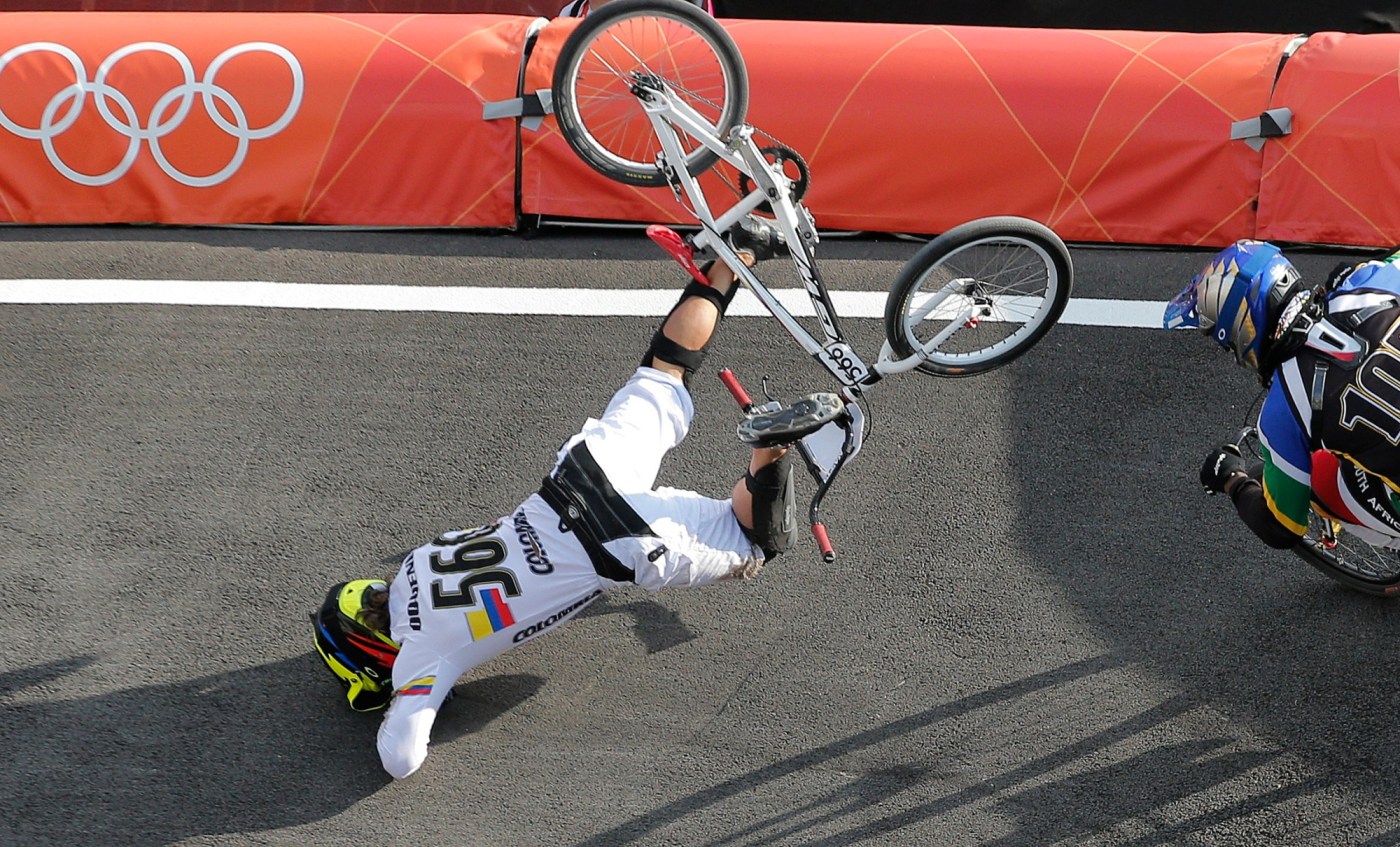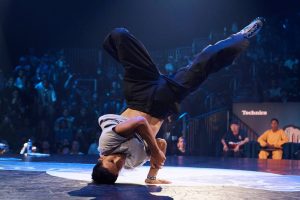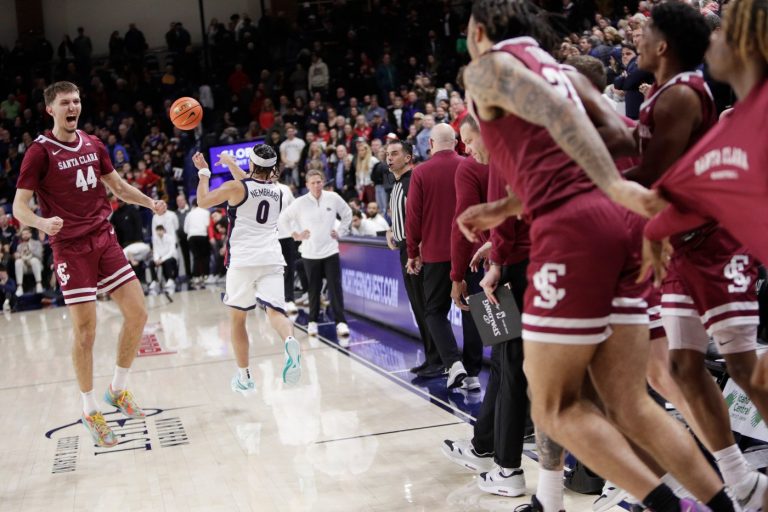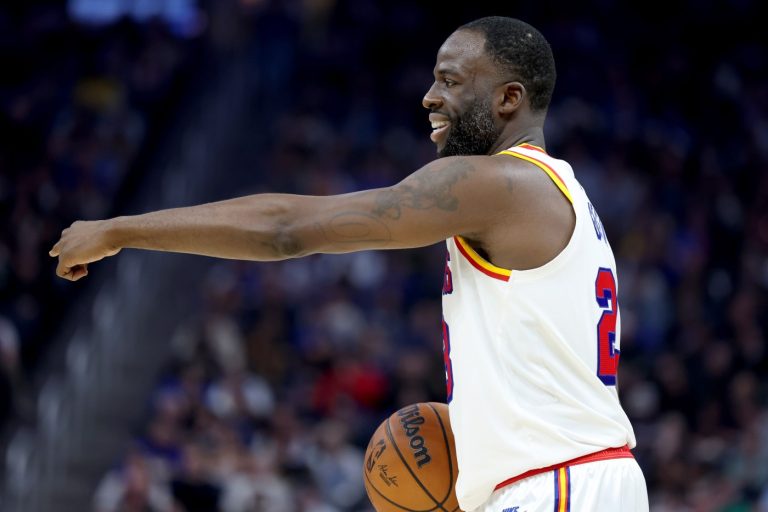By DAVE SKRETTA, AP Sports Writer
Alise Willoughby remembers where she was when the phone rang. She had just returned home to Minnesota to take part in a charity event, and the best BMX racer of her generation was on her way to Target Field, where she was supposed to throw out the ceremonial first pitch before a Twins game.
Her husband, Sam, was supposed to be on the trip, too. But after missing out on a medal at the Rio Olympics three weeks earlier, he decided to stay in California, and begin working to rectify the situation at the Tokyo Games.
It was on a seemingly benign portion of the BMX track in Chula Vista, where the couple had trained for years, that the future they both imagined changed in a blink. Sam was warming up over the rhythm section, a mellow stretch of rolling humps, when the Australian fell backward out of a wheelie, landing on the top of his head. He lay there motionless as the father of a junior rider, who happened to be an EMT, rushed over and began giving him a head-to-toe examination.
The innocent crash had unimaginable repercussions. Paramedics canceled the inbound ambulance in favor of a helicopter, which whisked him to San Diego, where surgeons delivered the news: He had broken his back. He was paralyzed.
“It was such a fluke,” said Alise Willoughby, who eight years later is among the favorites to win gold at the Paris Olympics next month. “It was a little routine thing. Then he made a mistake on something he did every day for 10 years prior, you know? So it’s like, things sometimes just happen.”
They happen more in BMX racing than perhaps any other Olympic sport.
And it begs the question: Why do riders do it?
The answer seems to be different for everyone. Alise Willoughby is pushed by a burning desire to win Olympic gold, which she has missed out on in three straight Summer Games. Cameron Wood, who will be making his Olympic debut in Paris, is driven by the competition, to see where he stacks up.
They know the risks. They understand them. Everyone in the sport does.
But they also believe they are outweighed by the rewards.
“You can hate something and you can blame it, but at the same time, we obviously love what we do, and it’s our livelihood,” Alise Willoughby said. “Sam and I met through it. It’s given as much as it’s taken. So it’s just — it’s just people who love the sport.”
The beauty and the barbary
BMX racing is often described as NASCAR on two wheels, only stock car racing is probably safer. The discipline, which was added to the Olympic program in 2008 in Beijing, involves eight riders at a time flying out of a starting gate, elbow-to-elbow down a steep ramp, and into a course filled with sharp, banked corners, rhythmic bumps and high-speed straightaways.
Races take all of 40 seconds. Crashes happen. They are frequent, in fact, and injuries happen. Devastating ones.
They are expected, too. During the BMX competition three years ago at the Tokyo Games, five teams of medics surrounded the course at Ariake Urban Sports Park. Three ambulances waited nearby, ready to speed to the nearest hospital.
They were busy.
FILE – Medics prepare to carry Connor Fields, of the United States, away on a stretcher after he crashed in the men’s BMX Racing semifinals at the 2020 Summer Olympics, Friday, July 30, 2021, in Tokyo, Japan. His injuries were numerous: torn shoulder ligaments, a torn bicep, broken ribs, a collapsed lung. But most serious was what was diagnosed as a subarachnoid hemorrhage and subdural hematoma — essentially, bleeding on the brain. (AP Photo/Ben Curtis, File)
There were several crashes over the course of three days. But none as serious as the one involving Connor Fields, at the time the defending Olympic champion.
The American was racing into the first corner in a semifinal when he clashed wheels with a French rider, sending him down. Two more riders fell on him. Fields briefly tried to sit up, then lost consciousness, and would not wake again for three days.
“There’s no way to check this,” Fields said, “but I might be the only athlete to both win the Olympics and nearly die at one.”
His injuries were numerous: torn shoulder ligaments, a torn bicep, broken ribs, a collapsed lung. But most serious was what was diagnosed as a subarachnoid hemorrhage and subdural hematoma — essentially, bleeding on the brain.
Related Articles
2024 Olympics: What to know — and who to watch — during the weightlifting competition in Paris
2024 Olympics: What to know — and who to watch — during the water polo competition in Paris
2024 Olympics: What to know — and who to watch — during the volleyball competition in Paris
2024 Olympics: What to know — and who to watch — during the triathlon competition in Paris
2024 Olympics: What to know — and who to watch — during the trampoline gymnastics competition in Paris
Fields spent a week in a Tokyo hospital where, during the height of the pandemic, nobody spoke English well enough to tell him what happened. He awoke to 500-plus text messages, from everyone he knew, all saying they were praying for him. His parents, who were unable to travel to Japan because of COVID-19 restrictions, were largely in the dark.
“There was a lot of misinformation floating around. And there wasn’t an update,” Field said. “I’m friends with Kurt Busch, the NASCAR driver, and he owns a plane. He offered to fly my parents over, and it went high up the chain. But the Japan government basically said, ‘Nope, you can’t come over.’ So my parents just had to wait.”
Team USA doctors eventually were admitted to the hospital and helped him understand what had happened. Fields finally was cleared to fly back to the U.S., where he spent another month in a rehabilitation facility in Utah.
Fields ultimately recovered from the injures and was cleared to ride again. But he decided the risk was no longer worth the reward, and he opted for retirement instead of pushing ahead toward the Paris Games.
“There’s inherent risks in pretty much every sport,” said Fields, who is busy now as a BMX ambassador, hosts a TV show back home in Nevada and delivers keynote addresses. “When I was cleared, there were no restrictions. I could go compete again. I had to sit on it and really think, ‘Am I willing to take the risk again?’ And you know, the answer this time was no.”
The drama of danger
BMX racing was added to the Olympic program in an effort to embrace more youth-driven sports, such as surfing, climbing and, in Paris, the debut of breakdancing. Many of them also have risks, though they hardly carry the same ramifications.
The closest comparisons could be at the Winter Games.
Serious injuries are frequent in Alpine skiing, where World Cup-level racers reach 70 mph (110 kph), along with ski jumping, snowboarding and speedskating. Sliding sports also carry inherent risk: During the 2010 Vancouver Games, luge athlete Nodar Kumaritashvili of Georgia was killed during a training crash.
“The danger might be there a little more in our sport than in others, but it’s just that, you know, it’s competitive,” said Wood, one of the two men racing BMX for the U.S. in Paris. “The adrenaline that comes with it, the competitive nature as well. The head-to-head aspect of the sport. I think we all understand and have come to terms with the fact that there’s risk involved.
“But when the day comes up, you kind of just tap into this competitive mindset and you have to switch that off, because if you do have that and if you take the gate with that thought in your head, it’s probably not going to end up well.”
That is something the 22-year-old Wood has had to learn. He avoided serious crashes for the first three years of his career. Then came a World Cup race last June, when a heavy fall left him with a fractured shoulder.
Wood had surgery, only to hurt it again multiple times as he chased a spot on the Olympic team. It still causes him pain to this day, but Wood put off any more surgery until after the Paris Games.
The dream of a gold medal hanging around his neck was too important to him.
“My outlook changed dramatically, though,” he said. “I did feel for a long time, you know, taking these hard hits, I was a little bit invincible. Mine was kind of a nonchalant-looking crash. But it does open your eyes a little bit, right? You do realize how intricate the sport is. And you know, sometimes you’re not going to be able to get up and walk away to the next one.”












